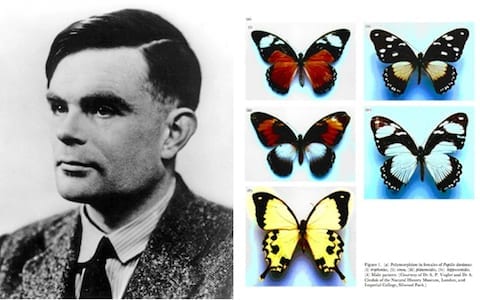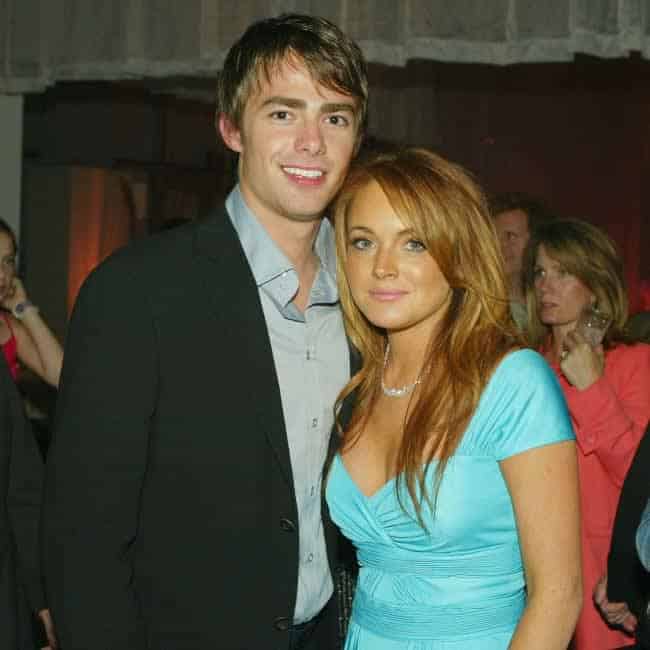Morphogenisis is the theory created by computer science genius and Nazi Enigma code breaker Alan Turing that the shaping of an organism by embryological processes of differentiation of cells, tissues, and organs and the development of organ systems according to the genetic “blueprint” of the potential organism and environmental conditions. That is, it's the process by which an organism develops its shape.
Until now, morphogenesis was just a theory, but scientists at Brandeis University and the University of Pittsburgh have released their findings from a study that confirm Turing's theory. Using computational tools to analyze rings of synthetic cell-like structures, Drs. Seth Fraden and G. Bard Ermentrout saw not only all six of Turing's predicted patterns play out, but an additional seventh pattern that Turing hadn't predicted. The results could explain biological phenomena such as the pigmentation of seashells to the shapes of flowers and leaves and even the geometric structures seen in drug-induced hallucinations.
You can read a paper on the research over at the Proceedings of the National Academy of Sciences of the United States of America.
During World War II, Alan Turing, who is known as the father of modern computing, devised the Turing Bombe, a codebreaking device that was used to decipher the Nazi enigma codes, up to 3,000 messages per day. He was also gay, and two years after being convicted of "gross indecency" for being homosexual and sentenced to undergo hormone therapy, he killed himself with a cyanide-laced apple.




